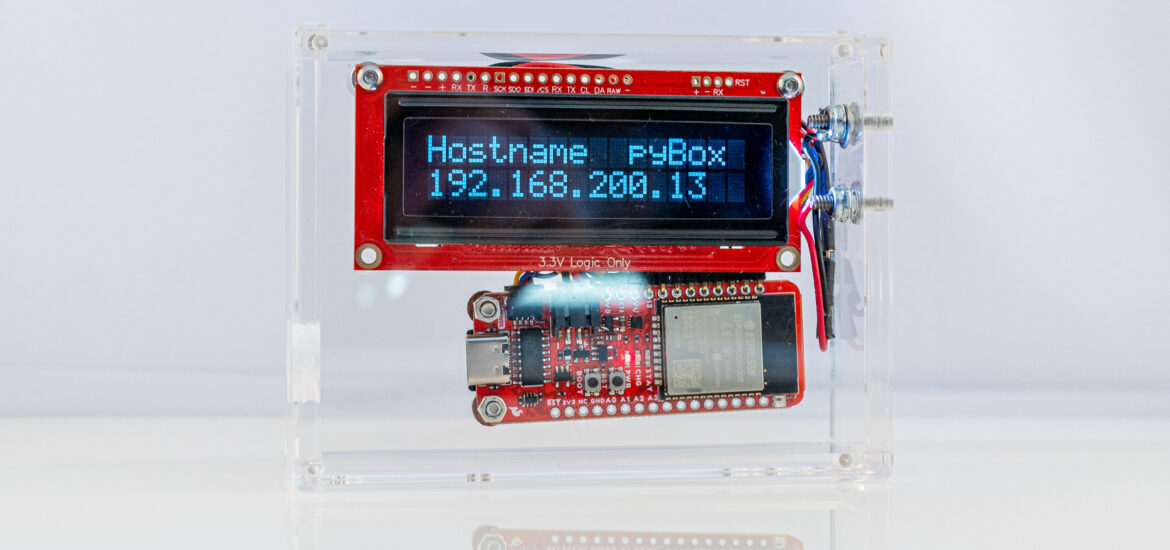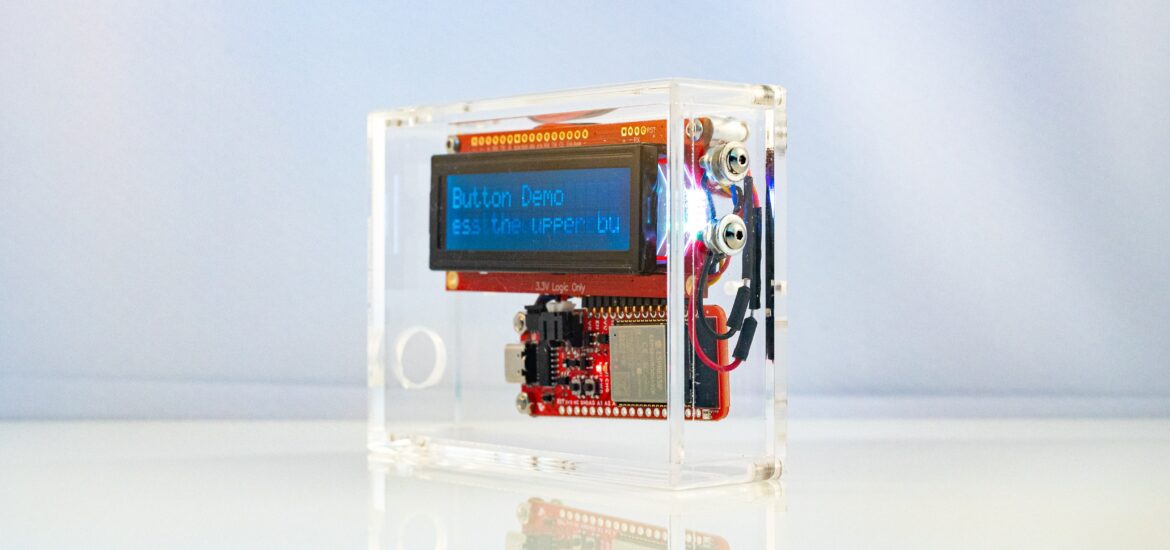Probably the easiest way to develop software for pyBox and iterate reasonably fast, is using the PyCharm IDE with the MicroPython plugin enabled. Create a new project, enable MircoPython and create three files: boot.py, main.py, and app.py. Remember, during the boot process, once the filesystem is mounted, boot.py is executed. Don’t do too crazy things […]
esp32
Porting MicroPython to pyBox

The standard ESP32 MicroPython port gets built for a generic ESP32 board. Compared to a generic board, pyBox has more to offer, most of which is not supported out of the box. Some of these additional features like the blue LED (GPIO 13), are easily accessible. Others, like the display need support libraries that would […]
pyBox Specification

Smallest viable MicroPython Computer? Dallas Semiconductor, acquired by Maxim Integrated in 2002, was a company that designed and manufactured analog, digital, and mixed-signal semiconductors. They had also designed the TINI board, a 68-pin SIMM, approximately 103 mm wide, 32mm tall, and 10 mm thick. Uniquely, the TINI board ran Java programs, well Java byte-code, almost natively. […]
Introducing pyBox

Could there be a computer that is as nimble as it is useful, and still be fun and distinctly easy to program? pyBox, a small single-board computer, connected to a frugal 16×2 character display may be just that. pyBox is remarkably small, just about the size of a deck of cards, and also entirely transparent, […]
Micro Python on ESP32 (HUZZAH32)
Adafruit’s HUZZAH32 Feather board is built with the official WROOM32 module: Two CPU cores that can be individually controlled, and the CPU clock frequency is adjustable from 80 MHz to 240 MHz 448 kB of ROM for booting and core functions. 520 kB of on-chip SRAM for data and instructions. 8 kB of SRAM in RTC, […]
